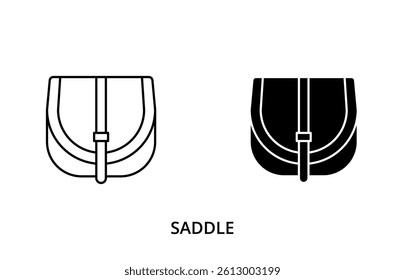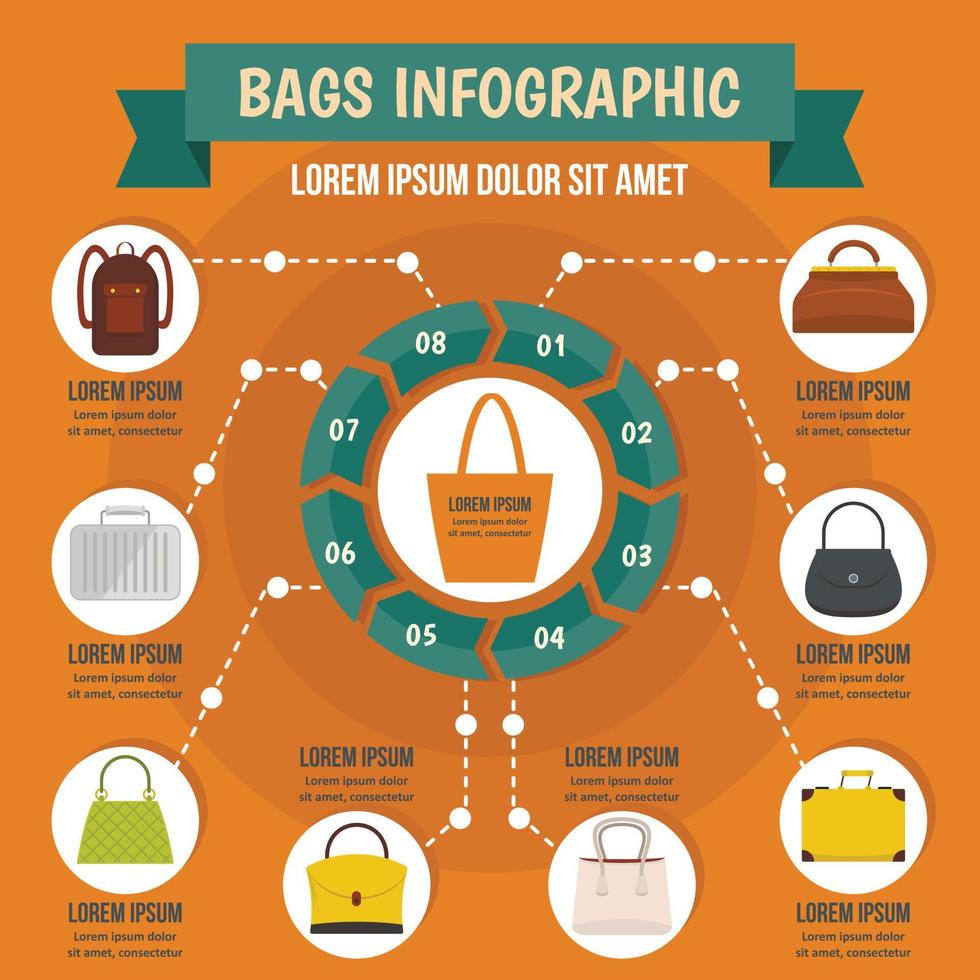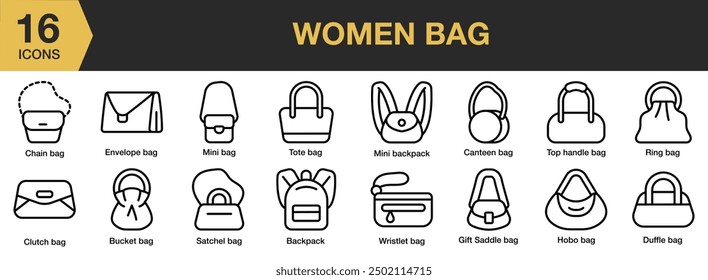In diesem Artikel
Are you tired of discomfort during long rides, struggling to find a comfortable solution for your gear? Sadle bags might just be the answer you’ve been searching for. These versatile accessories not only enhance your riding experience but also provide ample storage for your essentials. In this article, we’ll explore everything you need to know about sadle bags, from the different types available to tips on choosing the right one for your needs. Whether you’re a seasoned rider or a newcomer, we’ve got you covered with a complete guide that addresses all your concerns and helps you make an informed decision. Let’s dive in!
* **Problem Solving:** Users are asking specific questions like ‘- What are saddle bags used for?’ and ‘- How do I choose the right saddle bag for my bike?’. This shows they have specific problems they need to solve regarding ‘sadle bags’.
Dieser Artikel soll all diesen Anforderungen gerecht werden, indem er umfassende Erklärungen, praktische Anleitungen und vergleichende Informationen bietet.
Saddle bags are versatile storage solutions designed to attach to bicycles, motorcycles, or horses, providing convenient access to essentials while on the go.
They come in various materials, such as leather, nylon, and canvas, each offering different levels of durability, weather resistance, and style.
Saddle bags can vary in size and design, catering to different needs—from small bags for tools and snacks to larger options for longer trips or commuting.
Proper installation and weight distribution are crucial for maintaining balance and safety when using saddle bags, especially during rides.
Saddle bags are essential accessories for cyclists and outdoor enthusiasts alike. Whether you’re looking for a reliable storage solution for your biking adventures or planning a hiking trip, understanding saddle bags can greatly enhance your experience. In this comprehensive guide, we will explore saddle bags in detail, addressing their uses, selection criteria, advantages and disadvantages, and practical applications.
Saddle bags are storage solutions typically designed to be attached to the rear of a bicycle saddle or mounted on a horse. They provide a convenient way to carry essentials like tools, food, and personal items while keeping your hands free. Whether you’re commuting, touring, or enjoying a leisurely ride, saddle bags offer easy accessibility without compromising your balance.
Saddle bags are versatile storage bags that can be attached to various types of saddles, including those on bicycles and horses. They come in various shapes, sizes, and materials, offering a range of functionalities tailored to different activities.
Bicycle Saddle Bags: Primarily used by cyclists, these bags can carry essential tools, spare tubes, snacks, and personal items. They are usually made from durable materials that can withstand exposure to the elements.
Horse Saddle Bags: Designed for equestrian activities, these bags attach to the saddle of a horse. They are often larger and can accommodate supplies for longer rides, such as water, food, and medical kits.
Saddle bags come in several types, catering to different needs:
Frame Bags: These bags fit within the frame of the bicycle and provide storage without affecting aerodynamics.
Panniers: Larger bags that attach to a rack mounted on the bicycle. They are ideal for touring and long-distance cycling.
Saddle Packs: Smaller bags that attach directly under the saddle, suitable for carrying tools and accessories.
Saddle Bags for Horses: These bags can vary significantly in size and are designed to provide maximum storage for equestrian needs.
Saddle bags are made from a variety of materials, each with its own benefits:
Nylon: Lightweight and durable, nylon is often used for waterproof bags.
Canvas: Offers durability and a classic look but may not be as waterproof as synthetic materials.
Leather: Provides a stylish option but requires more maintenance and may not be as weather-resistant.
When selecting a saddle bag for your bicycle, consider the following factors:
Capacity: Determine how much storage you need. For short rides, a smaller bag may suffice, while long tours might require a larger bag or panniers.
Attachment Mechanism: Ensure the bag attaches securely to your bike. Look for designs that offer easy installation and removal.
Wetterbeständigkeit: If you ride in various weather conditions, consider waterproof or water-resistant bags to protect your belongings.
Gewicht: Lightweight materials are preferable for cycling, as they won’t add unnecessary bulk.
Accessibility: Choose a bag with easy access to your items, especially if you need to retrieve tools or snacks while on the go.

Style and Design: While functionality is crucial, you may also want a bag that matches your personal style.
Many saddle bags are designed with waterproof materials or features to protect contents from rain and moisture. When shopping for a saddle bag, check the product specifications for waterproof ratings or materials like nylon or PVC, which are known for their water-resistant properties. Some manufacturers offer rain covers as an additional protective measure.
Convenience: Saddle bags allow you to carry essential items easily without needing a backpack.
Balance: Attaching the bag to the saddle distributes weight evenly, helping maintain balance during rides.
Accessibility: Items stored in saddle bags are easily accessible, making it convenient to grab tools or snacks on the go.
Variety: There’s a wide range of options available to suit different activities, preferences, and budgets.
Limited Space: Saddle bags generally provide limited storage compared to larger panniers or backpacks.
Gewichtsverteilung: If overloaded, saddle bags can affect the bike’s handling and balance.
Potential for Damage: If not secured properly, saddle bags can swing or shift during rides, potentially causing damage to the bag or bike.
Saddle bags can be utilized in various scenarios, including:
Commuting: For daily cyclists, saddle bags are perfect for carrying essentials like a wallet, phone, and tools.
Langstrecken-Touren: Cyclists embarking on multi-day trips can utilize larger saddle bags or panniers to store camping gear, clothing, and food.
Equestrian Activities: Horse riders use saddle bags to carry water, snacks, and first aid kits during long trail rides.
Hiking and Camping: Some hikers and campers use saddle bags as supplementary storage, attaching them to their backpacks or using them for day excursions.
While saddle bags are primarily designed for biking and equestrian use, they can be useful in hiking and camping contexts as well. Here’s how:
Supplementary Storage: They can be attached to a larger backpack or carried separately for quick access to essentials like snacks or tools.
Day Trips: Smaller saddle bags are ideal for short hikes, allowing you to carry just the necessities without being weighed down.
Versatility: Many saddle bags are designed to be lightweight and portable, making them suitable for various outdoor activities.
Saddle bags are invaluable tools for cyclists, equestrians, and outdoor enthusiasts. Their ability to provide convenient storage without compromising balance or accessibility makes them a popular choice among various users. When selecting a saddle bag, consider factors like capacity, attachment mechanisms, weather resistance, and personal style to find the perfect fit for your needs.
In summary, saddle bags enhance your outdoor experiences by offering a practical and efficient way to carry belongings. Whether you’re commuting to work, embarking on a long biking adventure, or enjoying a day on horseback, having the right saddle bag can significantly improve your journey.
To clean and maintain saddle bags, follow these steps:
The lifespan of a saddle bag depends on the material, usage, and maintenance. High-quality bags made from durable materials can last several years, especially with proper care.
Many manufacturers offer customizable options, including color, size, and additional features. Look for brands that provide personalization options to suit your style.

Yes, saddle bags can vary based on the type of bicycle. Mountain bikes, road bikes, and touring bikes may require different bag styles and sizes to accommodate their unique designs and intended uses.
To ensure your saddle bag is secure, double-check the attachment points before riding and avoid overloading the bag. It’s also helpful to regularly inspect the bag for any wear and tear that could affect its security.
With this comprehensive guide, you are now equipped with all the knowledge necessary to choose the right saddle bag for your needs and maximize your outdoor experiences. Happy riding!
Benutzer-Szenario:
Meet Sarah, an avid cyclist who loves taking long rides through the countryside. She recently purchased a saddle bag for her bike, excited about the prospect of carrying essentials like water, snacks, and a first-aid kit. However, after a few rides, she realizes the bag is too small to accommodate everything she needs. On a particularly long ride, she finds herself juggling between holding a water bottle in her hand and trying to find space for her energy bars and tools. This makes her ride uncomfortable and unorganized.
Lösung:
To solve the problem of limited storage capacity, Sarah should consider investing in a larger saddle bag with expandable compartments or pockets. When shopping, she should look for features like:
– Multiple Compartments: Bags with various pockets help organize items and maximize space.
– Expandable Design: Some saddle bags can expand or contract based on the volume of items carried.
– Attachment Options: Bags that allow for additional attachments, such as side pouches or mesh holders for water bottles, can provide extra storage.
Additionally, Sarah can prioritize packing lightweight, multi-functional gear and consider using packing cubes to organize her items efficiently within the saddle bag.
Benutzer-Szenario:
Tom is a weekend biker who enjoys riding regardless of the weather. One afternoon, he sets out for a ride just before a light rain begins to fall. He believes his saddle bag is waterproof, but by the time he returns home, he discovers that his phone and snacks have gotten soaked. The disappointment of ruined items leaves him frustrated, and he starts to reconsider his biking plans in inclement weather.
Lösung:
To avoid the hassle of water-damaged belongings, Tom should look for saddle bags specifically labeled as “waterproof” or “water-resistant.” When selecting a bag, he should consider:
– Material: Bags made from durable, waterproof materials such as nylon or PVC offer better protection.
– Sealed Seams: Ensure the bag has sealed or taped seams to prevent water infiltration.
– Rain Covers: Some bags come with detachable rain covers that can be easily deployed during unexpected downpours.
Tom can also carry zip-lock bags for smaller items like his phone and snacks, providing an extra layer of protection against moisture.
Benutzer-Szenario:
Emily loves to switch between her road bike and mountain bike depending on her mood. However, she finds it tedious to install and remove her saddle bag each time she changes bikes. The mounting system is complicated, and on several occasions, she has struggled to get the bag secure, which has led to her missing out on a spontaneous ride with friends.
Lösung:
To make the installation and removal process smoother, Emily should look for saddle bags with user-friendly mounting systems. Features to consider include:
– Quick-Release Mechanism: Bags that utilize a quick-release buckle or snap system allow for easy attachment and detachment.
– Universal Fit: Some bags come with adjustable straps or brackets that fit a variety of bike frames, eliminating the need for multiple installations.
– Clear Instructions: A bag that includes easy-to-follow installation instructions helps reduce confusion and saves time.
Additionally, Emily can designate a specific time each week to check and practice the installation process, ensuring she feels confident and ready for any ride.
By addressing these common pain points, users can enhance their cycling experience and ensure their saddle bag meets their needs effectively.
The term “sadle bags” seems to be a typographical error or a less common variant of “saddle bags,” which are typically used in the context of cycling, motorcycle riding, or equestrian activities. Assuming “sadle bags” refers to saddle bags, we can analyze its market position and compare it with a few competitors in the saddle bag industry. Below is a comparison table featuring saddle bags from different brands, highlighting their key features to help consumers make informed choices.
| Merkmal | Saddle Bags (Generic) | Brand A: Topeak Saddle Bag | Brand B: Ortlieb Saddle Bag | Brand C: Kriega Saddle Bag |
|---|---|---|---|---|
| Material | Nylon/Polyester | Nylon | PVC-Plane | 1000D Cordura |
| Waterproof | Ja | Ja | Ja | Ja |
| Capacity (liters) | 5-10 | 6 | 10 | 8 |
| Attachment System | Straps | Quick Release | Befestigungssystem | Hook & Loop |
| Preisspanne | $30-$100 | $40 | $100 | $85 |
| Gewicht | Variiert | 150g | 400g | 250g |
- Analyse von Branchenexperten
